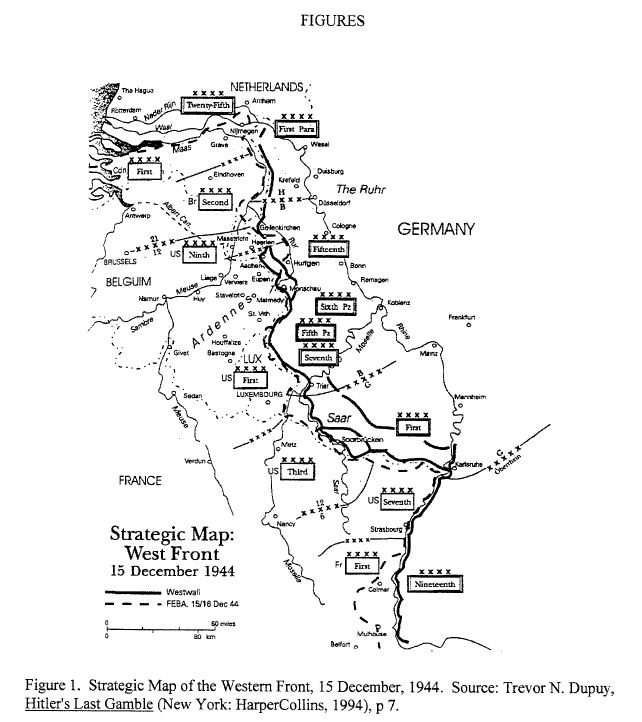A few years after 9/11, I visited an old industrial facility which had been restored to operating condition. One of the machines there was an attrition mill. It consists of two steel discs, rotating at high speed in opposite direction and crushing the substance to be milled between them.
I immediately saw this machine as a political metaphor. Western civilization is caught in a gigantic attrition mill, with one disc being the Islamofascist enemy and the other being certain tendencies within our own societies. The combination of these factors is much more dangerous than either by itself would be.
For example,already in 2015 the student government at the University of Minnesota has rejected a resolution calling for annual commemorations of the 9/11 atrocity. Why? It was argued that such a resolution would make Muslim students feel “unsafe.” The “Students for Justice for Palestine” said that being reminded of 9/11 on its anniversary would lead to increased “Islamaphobia.”
It seems pretty clear that this sort of ridiculously deferential “sensitivity” does not make immigrants, or children and grandchildren of immigrants, more likely to assimilate. Contrarily, it reinforces group identifies and intergroup hostilities. And in doing so, it creates a social environment in which it is much more likely that actual terroristsrepresenting the upper disk of the Attrition Millwill go unreported or even be actively supported in their ethnic/religious communities. And that, in turn, greatly increases the risks inherent in large-scale migration.
Hillary Clinton reacted to the Benghazi murders by blaming a video, going so far as to tell a grieving father that he would have his revengenot on the killers, oh, no, but rather we are going to have that filmmaker arrested. Here, we see the threat and actuality of Islamist violence being used as an excuse for interfering with the free-speech rights of Americans…and you can bet that if that precedent is successfully established, it will be applied with plenty of other justifications, too.
And, of course, Islamist murder threatssuch as the fatwa against Salman Rushdiehave helped accustom people to keeping their mouths shut, for the sake of safety.
Related post in The American Mind: The Woke-Islamist Axis Against Free Speech.
